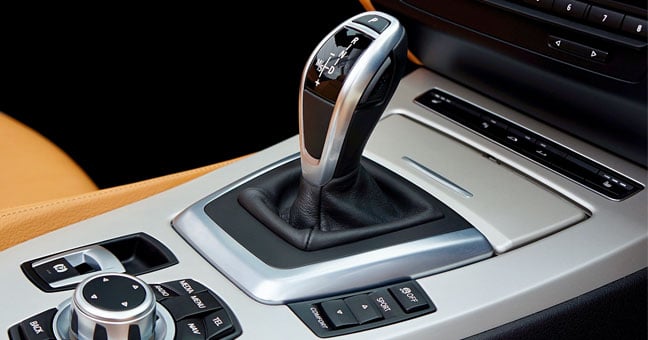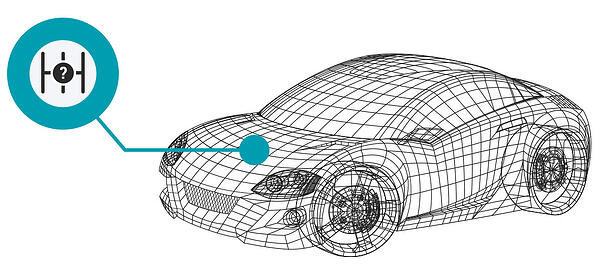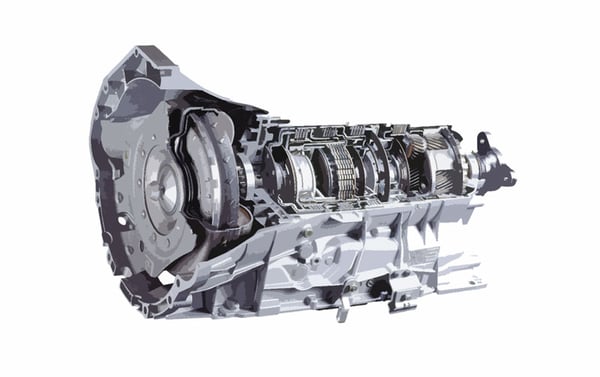

Dec 15 2020
By Joe Kiley
This post was updated Dec 2020 with the latest VIN number statistics
Determining the type of transmission installed in a vehicle from VIN alone has traditionally been a challenge. Through the 1990s and even well into the 2000s, most vehicles were offered by OEMs with both manual and automatic transmission options. And, while the NHTSA VIN standard requires OEMs to encode model and engine information into positions 4-8 of the VIN, no requirement exists for encoding transmission type. Even today, while most vehicles are offered with only an automatic transmission, more than 5% of vehicles produced for current model years have standard and manual options available and do not have transmission data encoded in the VIN.
This article explores four common questions about VIN decoding transmission data, and provides suggested solutions for increasing the match rate of decoded transmissions in your inventory or data feed.
In Part II of our VIN Decoding 101 Guide, we explained that positions 4-8 of the VIN are encoded with a number of valuable vehicle details, including engine, body type, drive type (RWD vs AWD, etc), restraint system, and GVWR. Some OEMs also use this section of the VIN to capture transmission information. Unfortunately, this is not required by the NHTSA VIN standard. Some OEMs still use the same 10-digit VIN patterns for automatic and manual transmission vehicles, meaning that VIN alone will not be enough to determine the vehicle's transmission type.
This is particularly problematic for older vehicle inventory, and as a result has a significant impact on transmission match rates for total loss claims, salvage/scrap, auctions, and used vehicle sales.
Due to the gradual decrease in manual transmission options for new vehicles, your chances of being able to determine transmission from VIN alone are much better for recent model years than for older vehicles (see our post on the Demise of the Manual Transmission). The table below shows the percentage of VIN patterns that reference a single transmission over the years. Note that percentages for your inventory may differ from the numbers below based on the composition and age of your inventory.
For many makes, the VIN is always enough information to determine transmission. However, you can expect transmission to be especially difficult to determine from VIN alone for the following makes in the last five model years:
If you're looking to improve your transmission match rate beyond what can be obtained by using the VIN alone, you have two options. Your first option is utilizing 17-digit VIN specific vehicle build information from your data provider. You may also be able to identify installed transmission using other data, in addition to VIN, stored with your vehicle inventory.
Data providers like DataOne have engaged in relationships with OEMs to distribute factory OEM build data that indicates the exact trim, style, transmission, interior and exterior color, and factory optional equipment installed on the vehicle when it rolled off the line. This provides you with the OEM’s own internal record of how the vehicle was configured. And, although not all manufacturers have released this data, some data providers have developed their own 17-digit VIN specific VIN Decoding logic that may help you identify the installed transmission even when it isn’t encoded in the VIN pattern.
You may find that you have already collected (or received from an inventory data feed) additional datapoints beyond VIN. These might include a trim name, a manufacturer model number, a package code, a transmission code, or even a simple transmission type (“M”, “A”, “MT”, “AT”, etc). Any of these fields may provide the missing link to accurately and precisely identifying installed transmissions. And, if you’re using DataOne’s VIN decoding service, you can provide all these additional datapoints to our API and let us make sense of them, rather than trying to extract the proper meaning yourself.
When it comes to decoding transmission details, transmission type is the most helpful (and most obvious) datapoint you can try to capture and use along with VIN. Once you have VIN + transmission type, you should be able to rely on your data provider VIN data to tell you that a manual transmission vehicle with VIN XXXXXXXXXXXXXXXXX has a 5-speed manual or a 6-speed manual, etc. There are some VIN patterns representing vehicles that can be configured with more than one type of automatic transmission, or more than one type of manual transmission, but this is rare. If you can't include transmission type in your decoding process, the next two most helpful datapoints would be manufacturer model number (often available via inventory feeds or DMS data for new vehicles), and trim level (for example, L, LE, or XLE). Considering these two fields will increase your match percentage by about 5-6 percentage points for vehicles from the early 2000s, and by a couple percentage points for more recent model years.
DataOne's VIN Decoder API is designed to leverage OEM factory build data, unique 17-digit advanced VIN decoding logic developed at DataOne, to provide industry leading VIN decoding accuracy and precision. And, for use cases that do not justify the expense of OEM build data licensing, DataOne’s APIs are designed to accept a broad spectrum of data as input, including VIN, OEM codes, and trim, as well as any other vehicle descriptors like "manual" or "automatic" that you may have access to and use these inputs to provide back a single transmission, style, and color whenever possible. This increases the accuracy of your data and vehicle listings, and their perceived value to potential customers, while reducing the need for manual verification of inventory on your part.
Have similar questions about trim? Check out our blog article Decoding Vehicles to a Single Trim/Style: VIN-to-Trim/Style Matching Explained